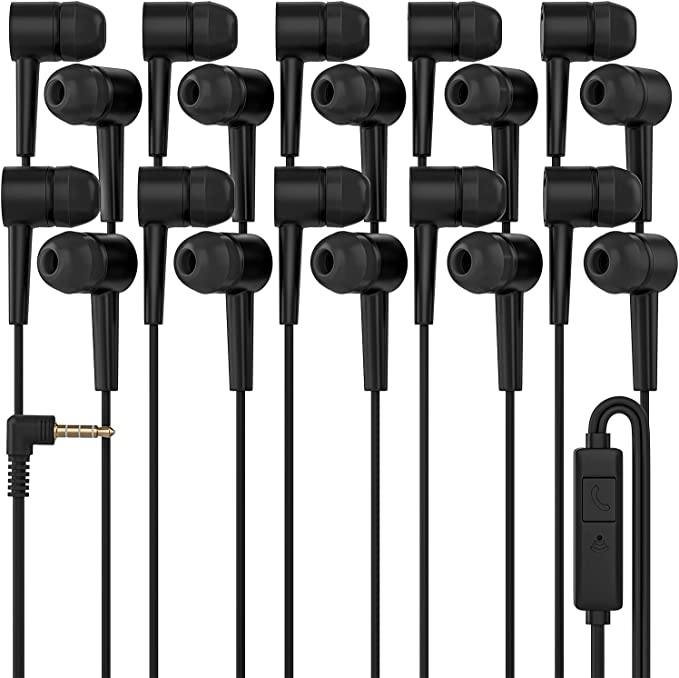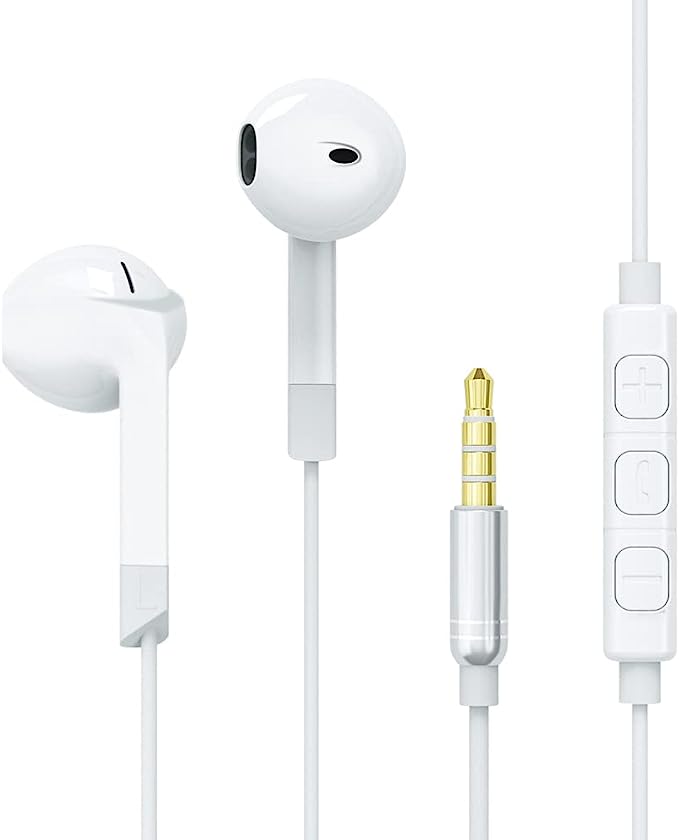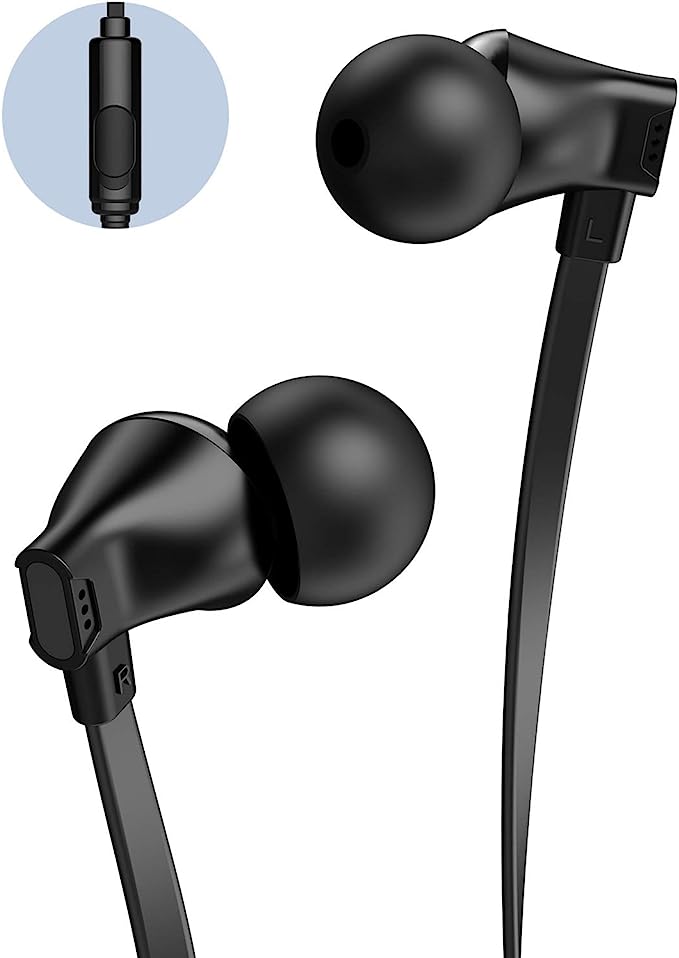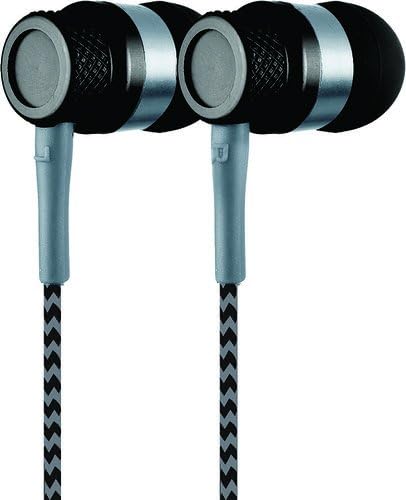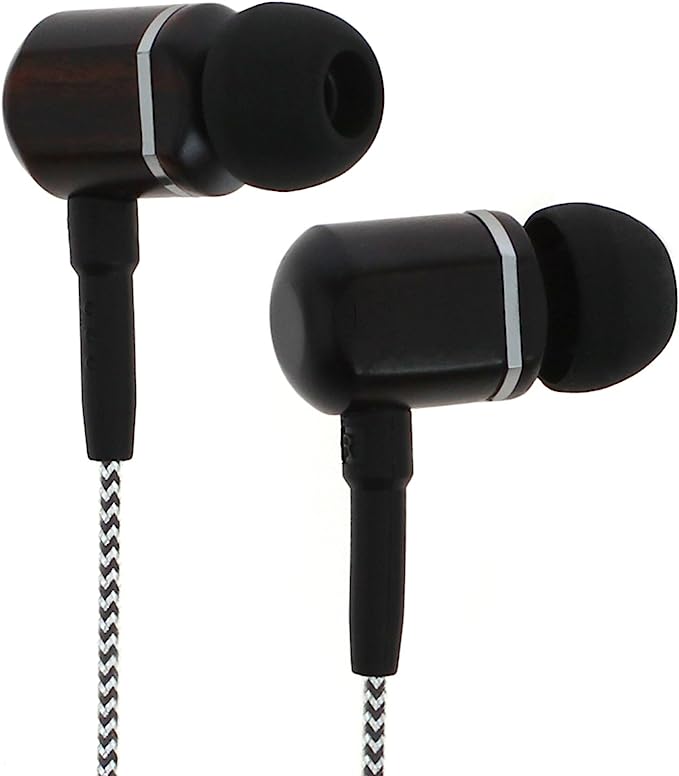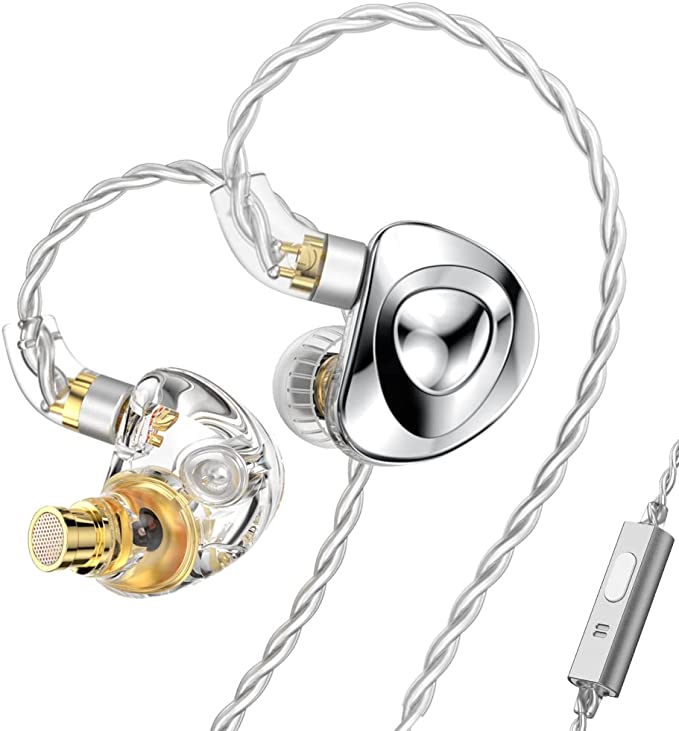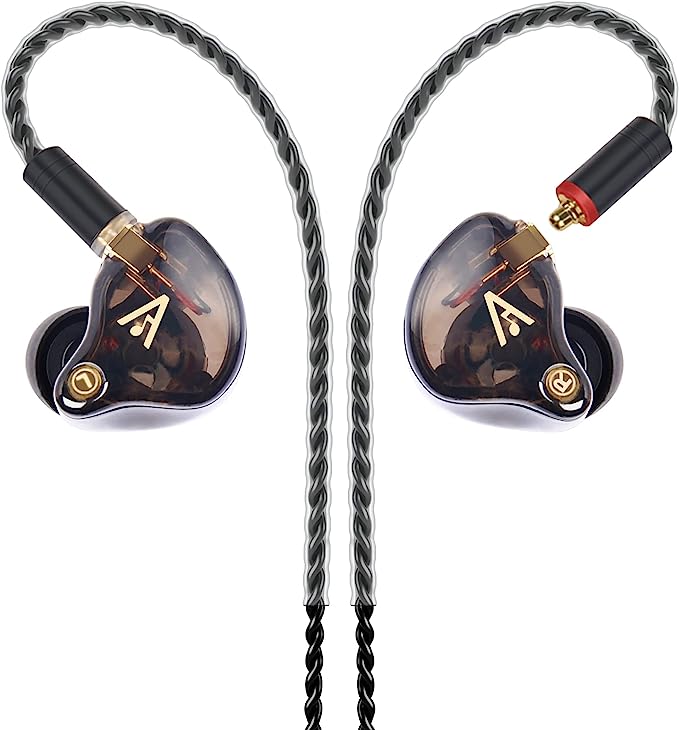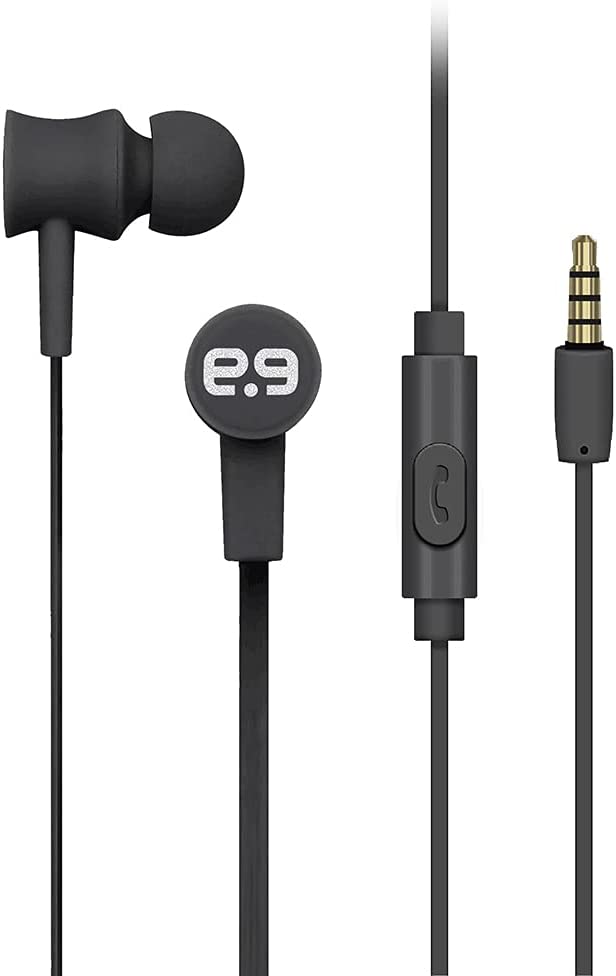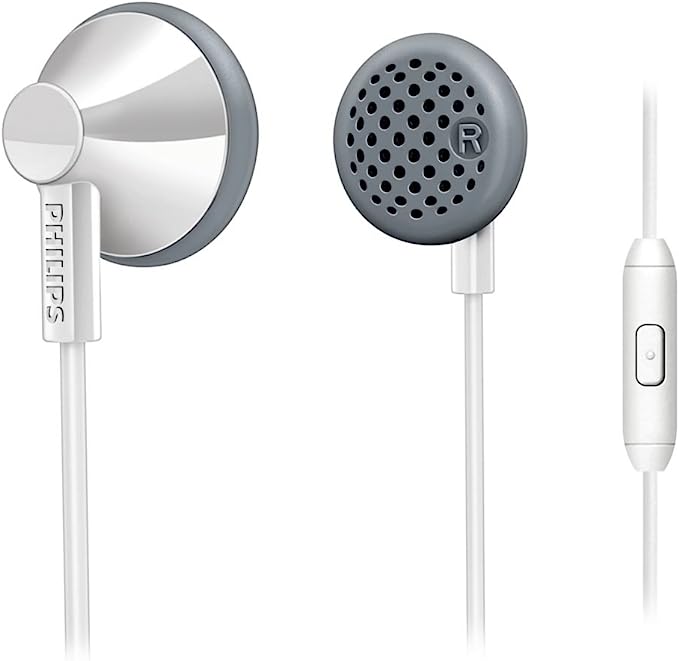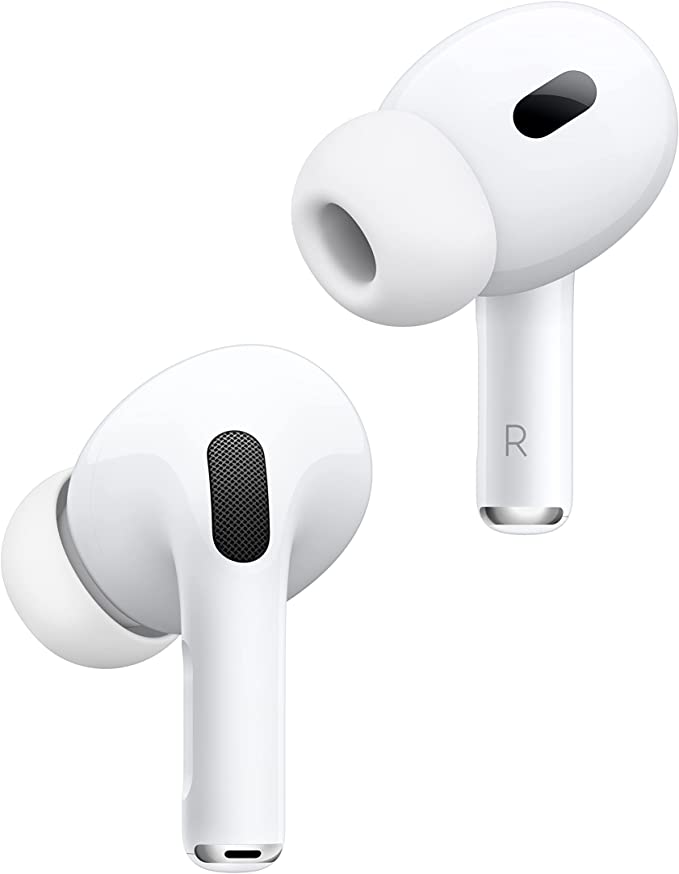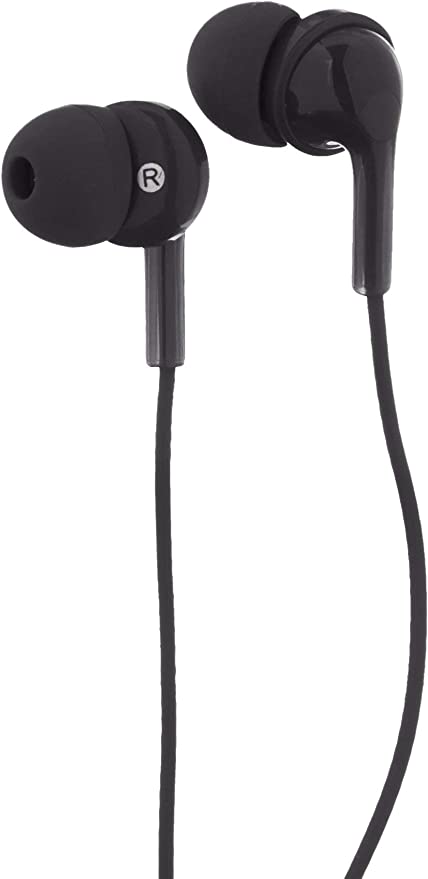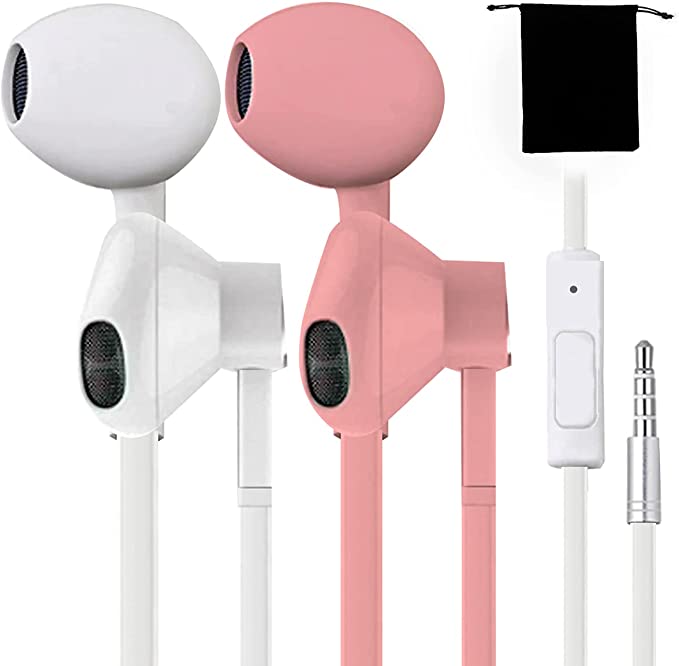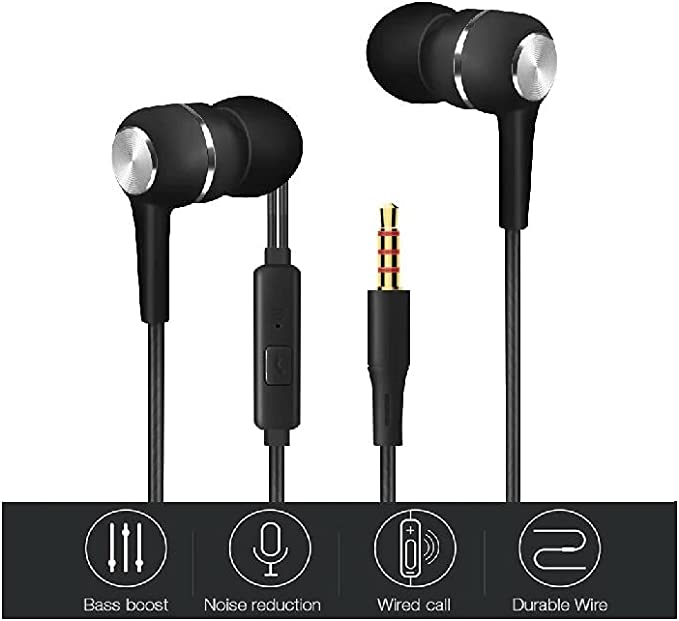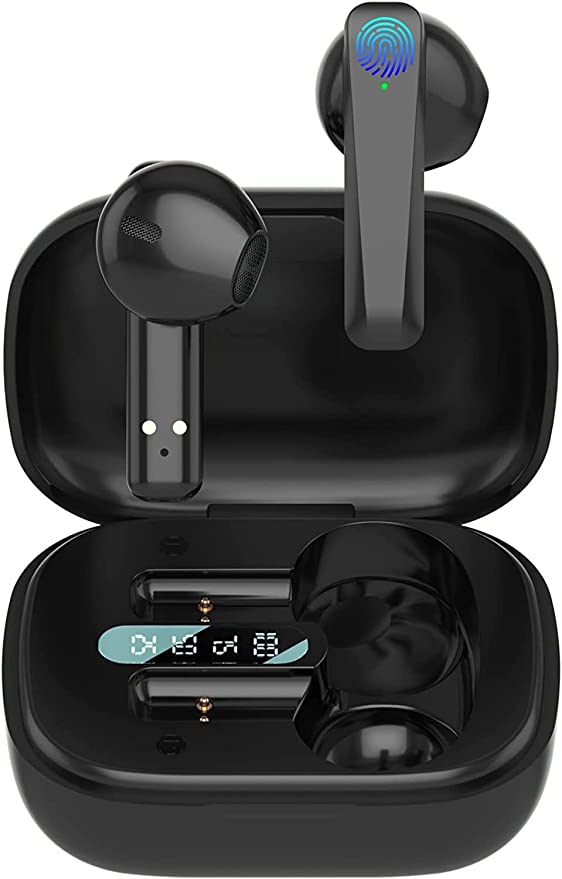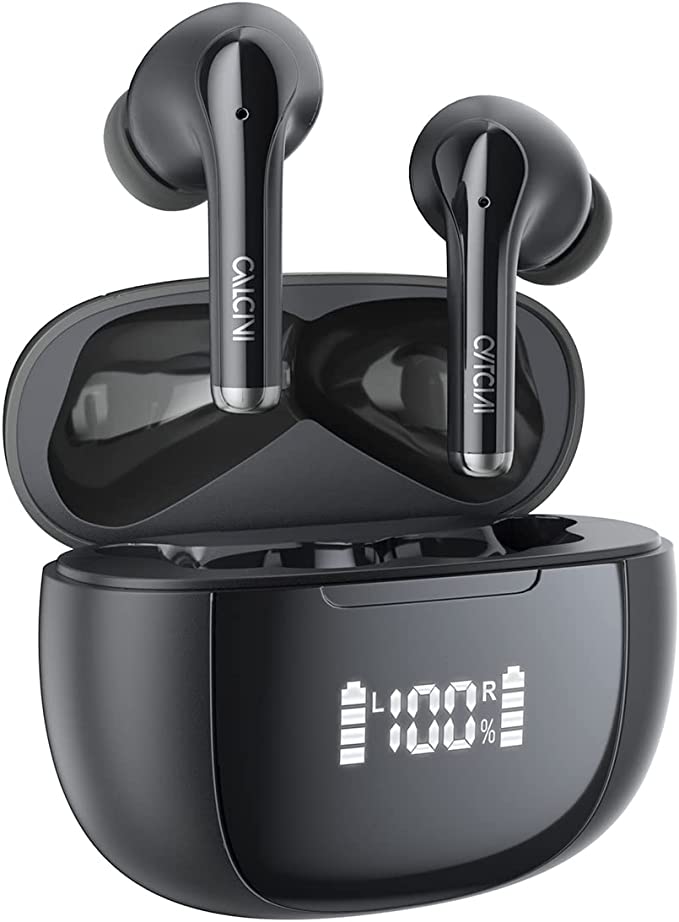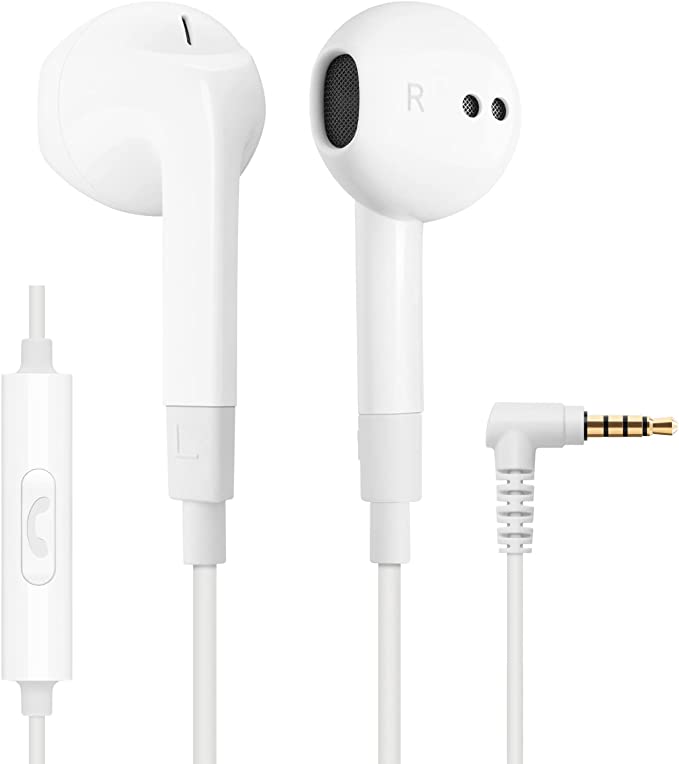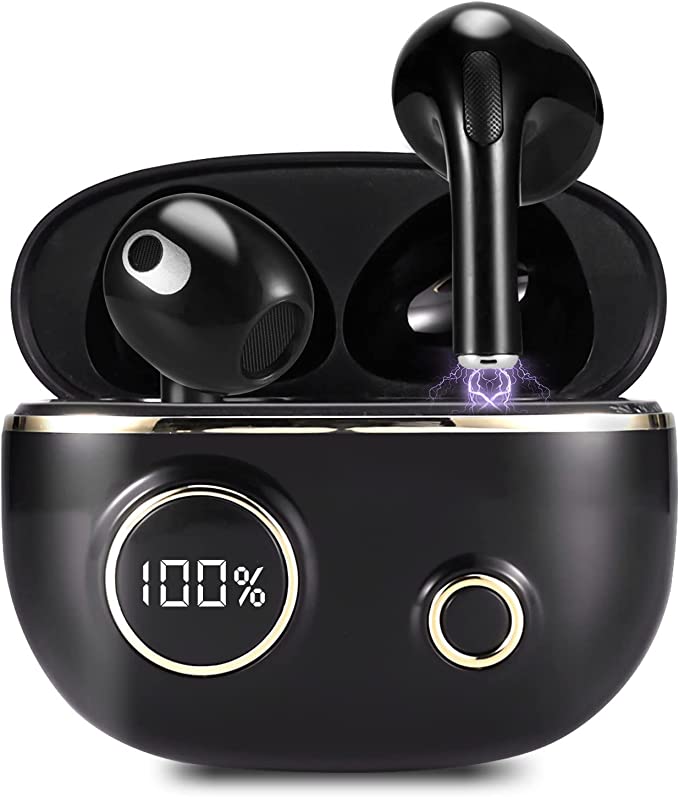Vofolen Wired Headphones with Mic: Immersive Sound and Comfort for Everyday Use
Update on March 21, 2025, 8:25 a.m.
Imagine you’re walking down a busy street. The rhythmic tapping of your shoes on the pavement, the cheerful chatter of people passing by, the distant melody spilling from a café – it’s a symphony of sounds that creates the vibrant backdrop of our daily lives. We often take these auditory experiences for granted, but sound plays a crucial role in how we perceive and interact with the world. From the soothing sounds of nature to the complex beauty of music, sound enriches our lives in countless ways. And to truly appreciate these sonic landscapes, we need tools that can accurately and comfortably deliver them to our ears.

The Wired Renaissance: Why Cables Still Matter in a Wireless World
In an age dominated by wireless technology, it’s easy to overlook the humble wired headphone. Bluetooth earbuds offer undeniable convenience, freeing us from tangled cords. But for those who prioritize audio quality, wired headphones remain a steadfast choice. Why? Because they bypass the digital compression and potential latency inherent in wireless transmission. Wired headphones deliver a pure, unadulterated audio signal directly to your ears, resulting in a richer, more detailed listening experience. Think of it like the difference between streaming a compressed video versus watching a Blu-ray disc – the wired connection preserves the full fidelity of the original recording.

Unveiling the Vofolen: More Than Meets the Ear
The Vofolen Wired Headphones with Mic are a prime example of how classic technology can be refined for modern needs. These aren’t just another pair of earbuds; they’re a gateway to a more immersive and enjoyable audio experience. While seemingly simple, these in-ear headphones pack a surprising amount of technology beneath their sleek, multi-colored exterior. They’re designed to deliver high-fidelity sound, comfortable all-day wear, and seamless connectivity, all without the need for batteries or charging.
The Physics of Sound: From Vibrations to Your Brain
Before we dive into the specifics of the Vofolen headphones, let’s take a moment to appreciate the fundamental science of sound. It all starts with vibration. When an object vibrates – whether it’s a guitar string, a drumhead, or a vocal cord – it creates disturbances in the surrounding air. These disturbances, called sound waves, travel outward from the source, carrying energy through the air (or other mediums like water or solids).
These sound waves aren’t just random fluctuations; they have specific characteristics that determine what we hear:
- Frequency: This refers to the number of vibrations per second, measured in Hertz (Hz). Higher frequency means more vibrations per second, which we perceive as a higher pitch. Think of the difference between a deep bass note and a high-pitched whistle.
- Amplitude: This refers to the intensity or strength of the vibration, which we perceive as loudness. A larger amplitude means a louder sound.
- Waveform: This is a graphic representation of how air pressure changes.
When these sound waves reach our ears, they cause our eardrums to vibrate. These vibrations are then transmitted through tiny bones in the middle ear to the cochlea, a fluid-filled structure in the inner ear. Inside the cochlea, thousands of tiny hair cells convert these vibrations into electrical signals that are sent to the brain via the auditory nerve. Our brain then interprets these signals as the sounds we hear.

Inside the Earbud: How Headphones Turn Electricity into Music
Headphones, like the Vofolen, are essentially miniature loudspeakers. They perform the reverse process of a microphone: they convert electrical signals back into sound waves. The key component responsible for this transformation is the driver. Vofolen headphones utilize dynamic drivers, the most common type found in headphones.
Here’s how a dynamic driver works:
- Electrical Signal: An electrical audio signal from your device (phone, computer, etc.) is sent to the headphone’s driver.
- Voice Coil: This signal flows through a small coil of wire, called the voice coil, which is positioned within a magnetic field.
- Magnetic Interaction: The electrical current flowing through the voice coil creates its own magnetic field. This field interacts with the permanent magnet surrounding the coil, causing the coil to move back and forth.
- Diaphragm Movement: The voice coil is attached to a thin, lightweight membrane called the diaphragm. As the voice coil moves, it causes the diaphragm to vibrate.
- Sound Wave Generation: The vibrating diaphragm pushes and pulls on the surrounding air, creating sound waves that mimic the original electrical signal. These sound waves then travel to your ear, allowing you to hear the audio.
The Copper Core Advantage: Why Material Matters
The Vofolen headphones don’t just use any ordinary wire; they feature thickened tinned copper cores. This seemingly small detail has a significant impact on sound quality. Copper is an excellent conductor of electricity, meaning it offers very little resistance to the flow of electrical current. By using thicker copper wires, the Vofolen headphones minimize signal loss during transmission.
Think of it like a water pipe: a wider pipe allows water to flow more freely, while a narrow pipe restricts the flow. Similarly, thicker copper wires allow the electrical audio signal to flow more freely, preserving its strength and detail. The tinning process further enhances the wire’s conductivity and protects it from corrosion. The result? A cleaner, more powerful sound with richer bass, clearer mids, and more detailed highs. This is a key factor in achieving the “Hi-Fi” (High Fidelity) sound that the Vofolen headphones promise.
Crafted for Comfort: The Ergonomics of Sound
Great sound is only enjoyable if you can listen comfortably. Vofolen understands this, which is why they’ve designed these headphones with ergonomics in mind. Ergonomics is the science of designing products to fit the human body and its movements.
The Vofolen headphones feature soft earbud tips that are designed to conform to the shape of your ear canal. This creates a snug, secure fit that not only enhances comfort but also helps to isolate you from external noise. This noise isolation is a passive form of noise reduction – it physically blocks out some of the surrounding sounds, allowing you to focus on your audio without distractions. It’s important to distinguish this from active noise cancellation, which uses electronic circuitry to counteract external sounds. While active noise cancellation can be very effective, it also adds complexity and cost, and can sometimes affect sound quality. The Vofolen’s noise isolation provides a good balance between noise reduction and audio fidelity.

Beyond the Basics: Exploring Headphone Technology
While we’ve covered the fundamental principles, there’s much more to headphone technology. Here are a few additional concepts to consider:
- Impedance: This is a measure of how much the headphones resist the flow of electrical current. It’s measured in ohms (Ω). Matching the headphone impedance to the output impedance of your device is important for optimal performance. While the specific impedance of the Vofolen headphones isn’t provided in the initial information, it’s likely designed to be compatible with a wide range of devices.
- Sensitivity: This measures how loud the headphones will play at a given power level. It’s usually expressed in decibels per milliwatt (dB/mW). Higher sensitivity means the headphones can produce louder sound with less power.
- Frequency Response: This indicates the range of frequencies (from low bass to high treble) that the headphones can reproduce. A wider frequency response generally means the headphones can reproduce a wider range of sounds. Again, the specific frequency response of the Vofolen headphones isn’t provided, but the emphasis on “Hi-Fi” sound suggests a relatively wide and balanced response.

A World of Sound, One Connection: the Simplicity of 3.5mm
The Vofolen headphones use a standard 3.5mm headphone jack. This seemingly ubiquitous connector has a surprisingly long history, dating back to the late 19th century when it was used in telephone switchboards. Its enduring popularity is a testament to its simple, reliable design. The 3.5mm jack allows for near-universal compatibility with a vast array of devices, from smartphones and laptops to tablets and gaming consoles. It’s a truly analog connection, providing a direct pathway for the audio signal to travel from your device to your headphones.

The Future of Sound: Where Do We Go From Here?
The world of audio technology is constantly evolving. We’re seeing advancements in areas like spatial audio, which creates a more immersive, three-dimensional soundscape. Active noise cancellation is becoming increasingly sophisticated, and new materials are being developed to further enhance headphone performance. While the Vofolen Wired Headphones represent a classic approach to audio, they also benefit from these ongoing advancements, incorporating quality materials and design principles to deliver a satisfying listening experience. Whether you’re a student, a commuter, a music lover, or a gamer, understanding the science behind sound can help you appreciate the technology that brings your audio to life.
